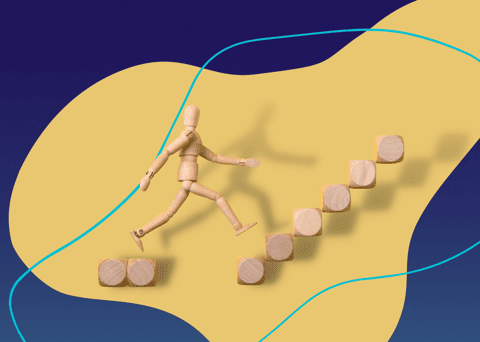Wireless networks are generally taken for granted. Much like the convenience of turning on a faucet and receiving clean water, we basically expect wireless to be available everywhere, for every purpose, all the time. In fact, the overwhelming majority of people have no idea about the different types of wireless networks that make our modern lives possible.
The Miracle of WirelessCommunications
Wireless communications began in the early 1800s as an extension of the cable telegraph. Wireless telegraph, also known as radio, enabled users to communicate across great distances without being connected by wires or cables. Marconi was the first to patent a completely wireless system in 1897.
Advances in micro-circuitry have enabled modern wireless communication at an unprecedented level. Numerous wireless networks are continuously in operation all around us today. In fact, it may seem strange that the thing we trust the most travels by air — and it isn’t the airplane. Radio waves are constantly flying around us and keeping us connected.
Wireless communications and radio waves of different types are used in a wide variety of applications today, from communications, to healthcare, to the military. Take a quick look at a sampling of how we use different waves:
- Sound/ultrasound waves (mechanical waves at different frequencies) – Think of sonograms for healthcare, detecting underwater craft and obstacles, detecting underground formations and objects, music, and speech.
- Radio waves – mostly used in communications to send signals from one place to another. Radio stations, television stations, cell phones, and wireless networks all use radio waves. The long wavelength of radio waves allows them to be broadcast over long distances without requiring a line-of-sight connection.
- Microwaves – travel at high speed and frequencies, which is what enables a microwave oven to heat food quickly. The food molecules are caused to move rapidly without a change in their composition. This creates heat energy, and your hot lunch.
- Infrared – is just beyond the detection range of the human eye and is commonly used to detect body temperatures and for remote control devices.
- Ultraviolet (UV) – consists of short wavelengths that are outside the detection range of the human eye. These waves contain high energy, which is why you get a sunburn from the sun’s UV rays with too much exposure.
- X-Rays – Although these waves are also high-energy, they can be used in certain wavelengths and amounts to bounce off bodily tissues to create images of what is inside our bodies.
Primary Wireless Communication Systems
Many of the uninformed believe that fiber is better and more reliable for communications, especially when connecting to the Internet. This is a popular myth; but the truth is that wireless networking is less expensive, much easier to install, and much more reliable than fiber.
Moreover, we already rely on wireless communications at virtually every level and in many ways. You may not be aware, but you are uber-connected to the world around you by a vast wireless ecosystem. Here is a simple breakdown of the four major types of wireless networks on which we rely every day.
WPANS: Wireless Personal Area Networks
This network is designed for bluetooth networks and a cable replacement for peripherals. You use this while listening to music through your wireless earbuds that connect to your phone, or with other close-range wireless devices.
WLANS: Wireless Local Area Networks
Do you enjoy surfing the Internet in local stores or coffee shops? How about connecting all across a school campus or office building? This network covers a local area such as an office, library, or university campus and also connects to the internet. Yep, you likely use it all the time and call it Wi-Fi.
WMANS: Wireless Metropolitan Area Networks
Fixed wireless networking to connect homes or business locations is growing rapidly due to its reliability, as well as quick and easy installation. It is also used as a replacement or redundant backup connection for fiber and cable Internet.
WWANS: Wireless Wide Area Networks
When was the last time you used your mobile phone to access the Internet? How about right now as you read this article? This type of wireless network is what your cell phone uses to keep you connected to the Internet.
Fixed Wireless Internet for Businesses
MHO is at the forefront of fixed wireless networking and Internet communications for businesses. Fiber and cable networks will continue to cost too much and take too long to install — and need a wireless backup for when they experience problems. Why not explore the possibilities of fixed wireless Internet and networking for your business? Call us today at 877-WANT-MHO to inquire about availability in your area.
{{cta(‘1b7ff105-cbb6-486e-888d-bb72f7746c39’)}}



![[Infographic] Fixed Wireless: What You Need To Know](https://blog.mho.com/wp-content/uploads/2017/06/Screenshot-2025-06-24-141710.png)


